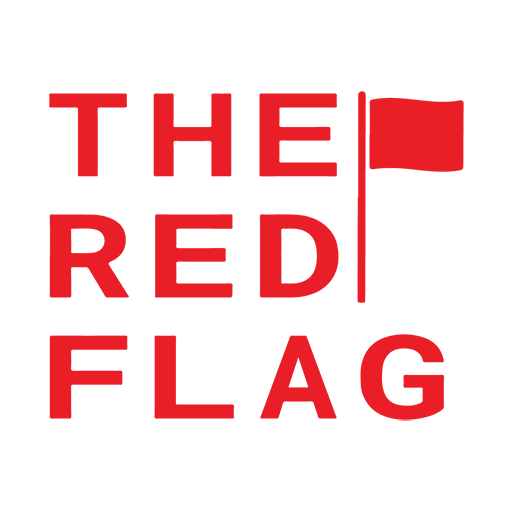During the eve of Thingyan, numerous people were killed by aerial violence in Pazi Gyi, and propaganda was orchestrated, utilizing artists at opportune moments.
Summary of the Process
Despite more than two years passing since the military coup, the military council continues to struggle to stabilize and control the situation on the ground. While traditional media channels like TV and print may be under control, the online landscape remains beyond their grasp, indicating their failure to control digital platforms.
The military’s attempts to establish its social media network, including the development of the MRTV application, have been thwarted, with platforms like the Apple Store and Google Play Store swiftly removing it. In response, the military announced the ban on Facebook.
Faced with these challenges, the military turned to popular artists who held significant influence over the public. These artists were utilized to amplify the military’s propaganda efforts, particularly in covering up the violence and war crimes committed by the military.
In early May 2021, a large media center was established by the military to bolster their audience reach. Major General Min Aung Hlaing engaged with figures from literature, film, music, and the press, distributing funds and supplies under the guise of “Covid Loans” and nation-building efforts.
Throughout April 2023, the military committed numerous atrocities, including airstrikes targeting civilians, bombings of hospitals, and brutal killings, leading to widespread condemnation. To counteract this negative publicity, the military relied heavily on spreading false information through their supporters and leveraging popular artists to divert public attention and garner sympathy.
The Red Flag aims to delve deeper into the military’s propaganda tactics, particularly their exploitation of popular artists, to shed light on the insidious ways in which dictatorial regimes manipulate public opinion.
Process
Following her arrest for active participation in the Spring Revolution, model and actress Pong Khong was eventually released by the military council. Conversely, singer G-Fatt, who had garnered support from revolutionary forces for his involvement in liberated areas and the revolution, sparked controversy on April 13th when photos surfaced showing him engaging with military officials at the Nay Pyi Taw military headquarters water sports pavilion.
Just two days before the joint appearance of the military and these artists, an airstrike occurred in Pazigyi village, Kantbalu Township, Sagaing Division, resulting in the deaths of nearly 200 individuals. The international community, alongside many others, expressed shock and condemnation at the military’s actions, which led to such a devastating loss of life.
To deflect attention from these war crimes, a wave of fake news and misinformation emerged, with artists of public interest purportedly showing support for the military. These releases conveniently coincided with attempts to portray the revolution as faltering.
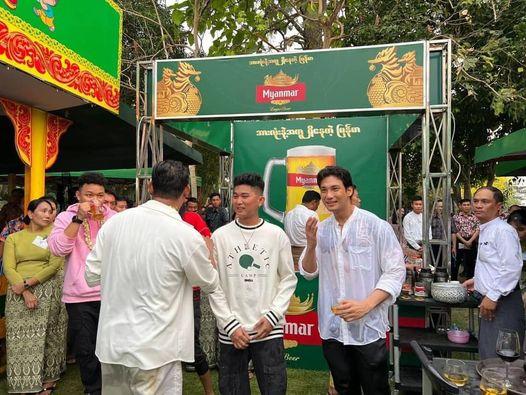
People’s interest in the photos of artists they admired evoked intense emotions and sparked competitive criticism. These releases, orchestrated by the war council, aimed to distract the public from the recent violence that resulted in numerous casualties just days prior. Artists willingly participated in this ploy, incorporating it into their creations.
The army sought to convey an image of unity with the artists, portraying a narrative of public disinterest in revolution and a desire for peace. This was exemplified by the active participation of various artists in the Thingyan Festival organized by the Military Council.
Notably, artists such as Pai Than Khong and G-Fatt were not the only ones involved in this endeavor. Many others performed at different pavilions during Thingyan 2023, including:
- Floke Rose (singer) at the Army Water and Air Pavilion
- Ice Cold (singer) at the Army Water and Air Pavilion
- Rabbit (singer) at the Army Water and Air Pavilion
- Nansu Ratisoe (singer/actor) at the Nay Pyi Taw For You Pavilion
- Sandy Myint Lwin (singer) at the Nay Pyi Taw For You Pavilion
- Kyaw Zohein (actor) at the Nay Pyi Taw Mayor Mandap
- Hlamyo Thanchawo (actress) at the Yangon Mayor Pavilion
- Aka Myint Aung (actor) at the Yangon Mayor Mandap
- Lea Aung (actor) at the Nay Pyi Taw Mayor Mandap
- Moyanjun (actor) at the Nay Pyi Taw Mayor Mandap
- Soe Myat Thuza (actor) at the Nay Pyi Taw Mayor Mandap
- Yan Aung (actor) at the Sagaing Division Pavilion
- Soethu (actor) at the Sagaing Division Pavilion
- Soe Myat Nanda (actor) at the Sagaing Division Pavilion
- Irin Zima Myint (singer) at the Mandalay Shwe Mann Land Pavilion
- Moon Poem (Crossing) at the Baguio Pavilion
- Nayet Lin (actress) at the Nay Pyi Taw Mayor Mandap
- Phyo Teng (singer) at the Kokang Central Pavilion
- Jewel (singer) at the Kokang Central Pavilion
- Pwong (actress) at the Kokang Central Pavilion
- Phu Phunk Thing (actor) at the Kokang Central Pavilion
- Snare (Ne Win + Phyo Lay) (singer) at the Nay Pyi Taw For You Pavilion
- Son Son (singer) at the Nay Pyi Taw For You Pavilion
- Policeman (singer) at the Mandalay Mayor Mandap
- Chetyan (singer) at the Mandalay Mayor Mandap
- Shwe Htoo (singer) at the Mandalay Mayor Pavilion
- Bhaktatu (actor) at the Sagaing Division Pavilion
- Lerin Aung (singer) at the Mandalay Mayor Mandap
- Kyaw Htut Swe (singer)
- Young Son (singer) at the Mandalay Mayor Mandap
- Joker (Clown) at the Mandalay Mayor Pavilion
- Yadanamai (singer) at various pavilions in Mandalay.
People’s Opinion
Although many artists collaborated with the military council, the public expressed stronger sentiments and criticized those artists who aligned themselves with the military regime.
Actor Pai Tsakkhoon was actively involved in the Yangon strike following the military coup and was subsequently arrested in April 2021 under Section 505 (a). However, he was released on March 2, 2022.
Singer G-Fatt’s song “My Hero” narrates the tragic tale of a civilian who volunteered to serve the military council and was highly regarded by revolutionary forces.
Initially, when G-Fatt participated in the revolution, he received widespread support from the people. However, when it was perceived that he was collaborating with the oppressive military regime, public outcry and condemnation ensued, as evidenced by the provided screenshots.

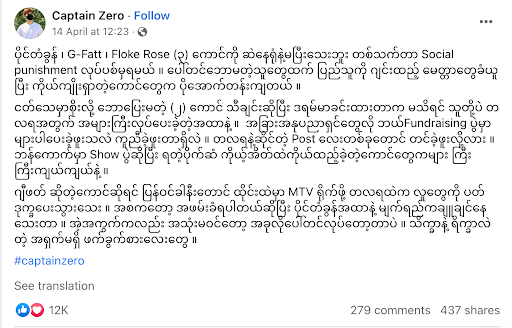
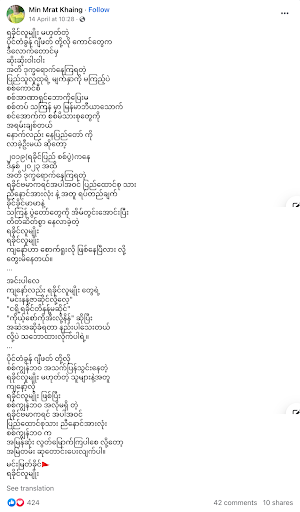
The public’s intense sentiments towards Pai Thong and G-Fatt stem in part from the backlash they received from the public.
The response of two artists who were used by the military to the public
In response to the public’s reaction, singer G-Fatt, who had been encouraged by his fellow revolutionaries, not only enlisted in the military but also released a song titled “Earth Tree,” which depicted the events of the Spring Revolution. He responded to the audience as follows:
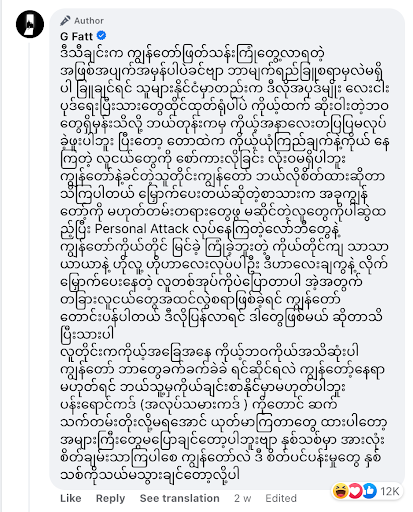
Screenshot of the Paing Ta Khon’s response
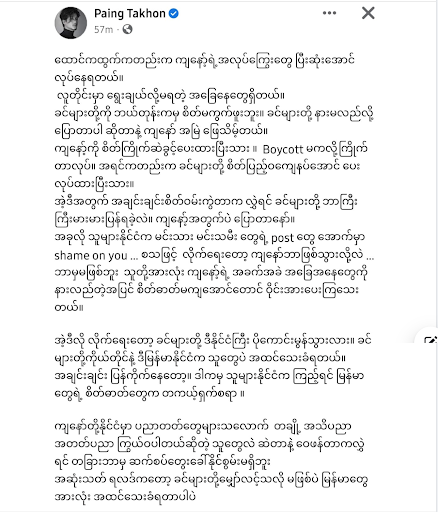
Military lobbies campaign for distribution and arrest
For this case study with The Red Flag, the military used artists to mislead the public and spread propaganda. It is divided into two parts: a campaign to arrest people who criticize artists joining the army. I have studied almost 30 topics and summarized some of the findings with screenshots.
Evidence of public and blood distribution
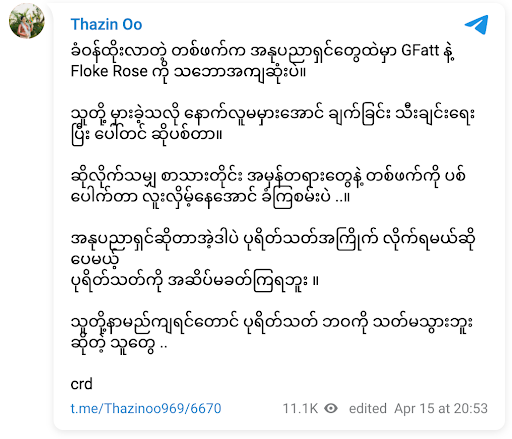
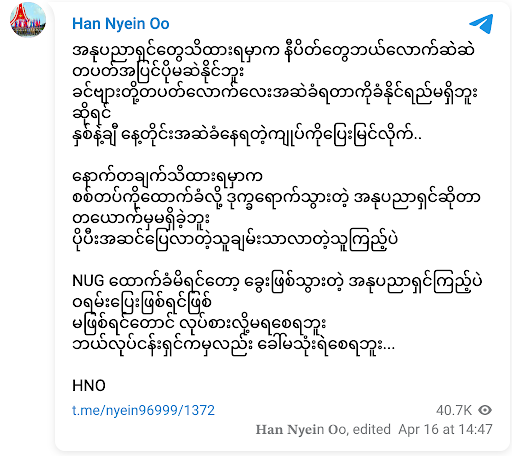
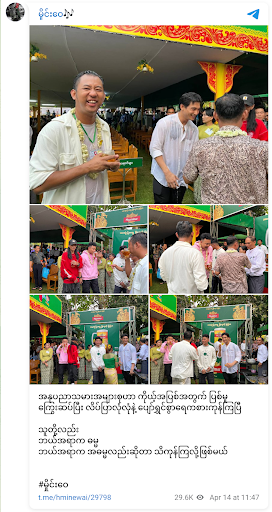
Campaigns to arrest people who criticize artists
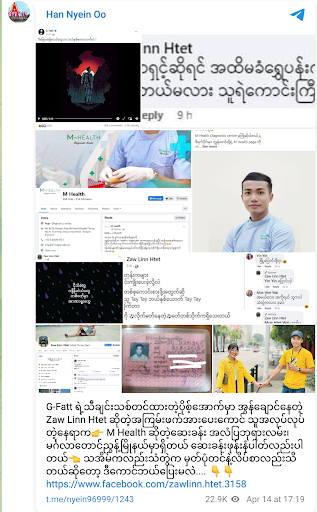
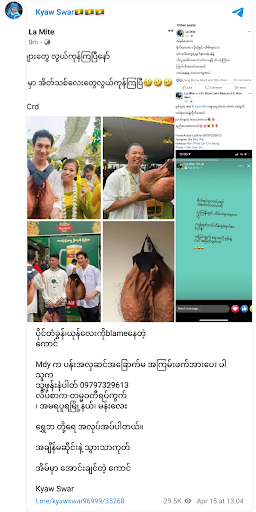
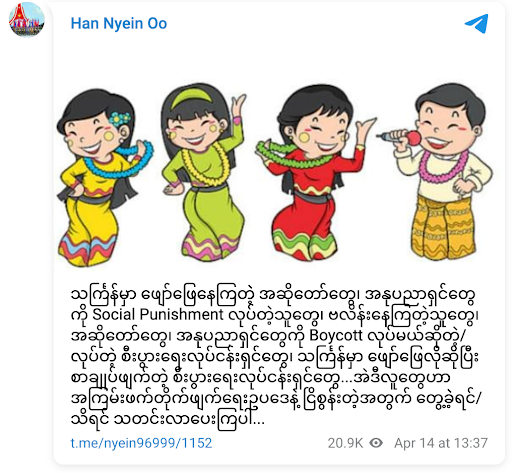
- https://t.me/Thazinoo969/6670
- https://t.me/Thazinoo969/6645
- https://t.me/Thazinoo969/6622
- https://t.me/hminewai/29798
- https://t.me/kothetjournalist/40565
- https://t.me/babanyunt/5037
- https://t.me/babanyunt/4957
- https://t.me/babanyunt/4852
- https://t.me/babanyunt/4842
- https://t.me/babanyunt/4561
- https://t.me/chapteronelionz/13676
- https://t.me/nyein96999/1891
- https://t.me/nyein96999/1848
- https://t.me/nyein96999/1499
- https://t.me/nyein96999/1372
- https://t.me/nyein96999/1367
- https://t.me/nyein96999/1309
- https://t.me/nyein96999/1243
- https://t.me/nyein96999/1184
- https://t.me/nyein96999/1152
- https://t.me/nyein96999/1124
- https://t.me/nyein96999/1116
- https://t.me/nyein96999/1097
- https://t.me/nyein96999/1069
- https://t.me/kyawswar96999/35268
- https://t.me/kyawswar96999/35251
- https://t.me/kyawswar96999/35226
Media Presentaion
- Property tax: G-Fatt reappeared at the Military Council Thingyan festival.
- Some artists, including Pai Thung Khong, visited the headquarters of the Coup Council Army.
- Users have been calling for Samsung’s Facebook page to remove G-Fatt and Paing Takhon as brand ambassadors.
- Model and actor Paing Takhon appeared at a Thingyan event with hip-hop artists Floke Rose and G-Fatt on April 13th.
- The people are against the artists who joined the Military Council Thingyan.
- The revolutionary groups criticized Pai Thuk Khong and G-Fatt for participating in the coup army’s Thingyan.
- Artists are writing their history.
- Pai Thuk Khong, who performed at the military headquarters pavilion, G-Fatt, and artists including Floke Rose, were blamed.
- Those who dislike the Facebook pages of Paing Ta Khon and G-Fatt.
- A review of the military council’s use of artists to cover important news, targeted bombings of hospitals.
Summary Review:
- The emergence of the artists’ incident in April coincided closely with the PaziGyi incident, where the military committed war crimes, aiming to divert attention away from public politics.
- What’s notable is that since the coup, some artists previously perceived as siding with the people have been co-opted, rather than artists who openly supported the military.
- Some artists associated with the People’s Party either remained neutral or unintentionally became tools of military propaganda.
- While many prominent artists have actively opposed the military coup through various means, others have faced imprisonment, restrictions on travel, asset confiscation, and threats of repercussions for non-attendance at military-sponsored events.
- The military attempts to control well-known artists by arresting, imprisoning, and coercing them into supporting their agenda, undermining artistic freedom and distorting the revolution.
- Despite the reluctance of artists and businessmen to engage with the military regime, many feel compelled to do so to sustain their careers and livelihoods.
- However, the people find it challenging to forgive such manipulation, as the military exploits artists to serve its own interests, contradicting the ideals of the revolution.
- As data verifiers and journalism teachers, it’s imperative to conduct thorough research into how influential artists are utilized in military propaganda campaigns.
